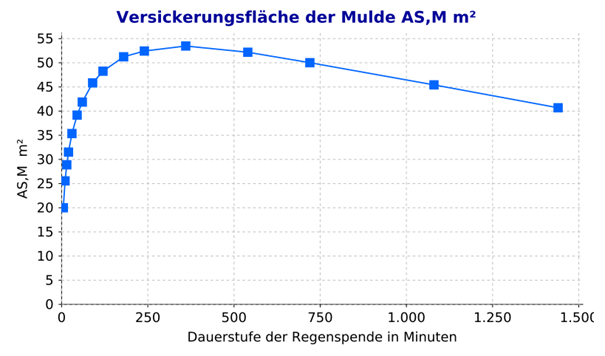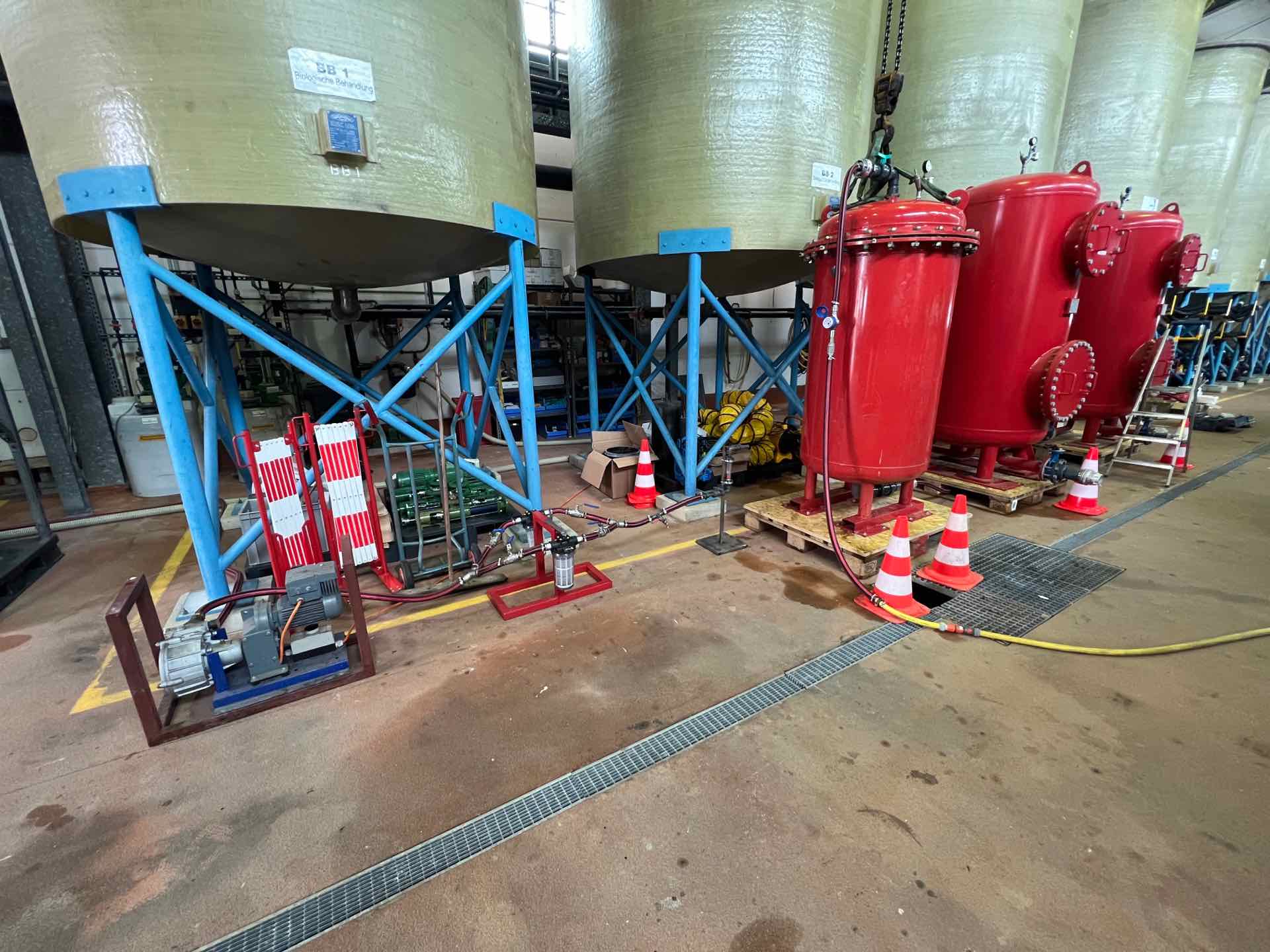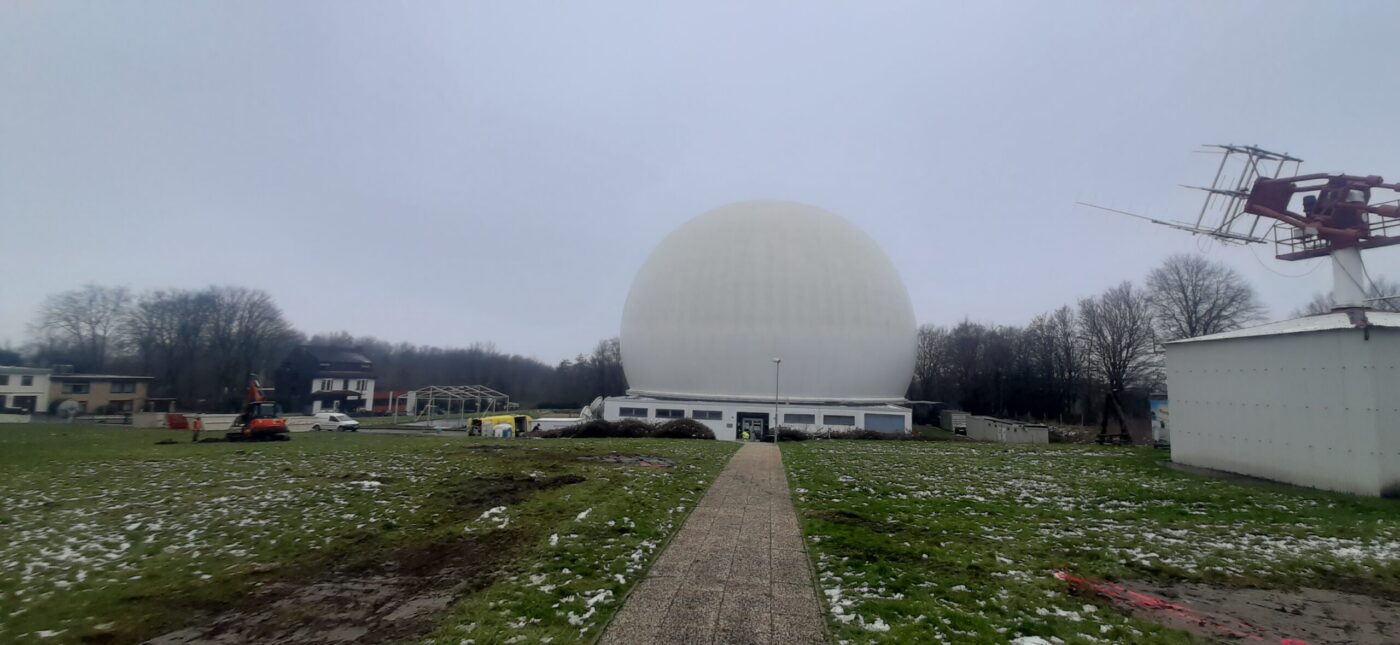From 1861 to 1902, the chemical factory of Eugen de Haën was located in the List district of Hanover. Products for photochemistry, pharmacy, galvanoplastics and dyeing were produced there. In addition to various chemicals and elements, radioactive materials (uranium and thorium ores) were also used.
In the course of numerous investigations by various specialist offices, a number of sites were localised where radiologically contaminated production waste was deposited.
Contaminated areas were remediated depending on the derived risk to "human health" and/or groundwater.
Due to hundreds of years of urban development in the List district, not all contaminated soil layers can be "reached" equally by a remediation measure. Some areas are overbuilt with multi-storey residential buildings or are sealed.
To identify soil contamination by the radioactive component from decay series of compounds containing thorium and uranium, measurements of the local dose rate are carried out on the ground surface. The results of the most recent precautionary investigations are published on the website of the City of Hanover: Precautionary radiological investigations of city-owned areas | Contaminated sites programme | Waste & soil protection | Environment | Life in the Hannover Region
If the measured local dose rate exceeds a value of 150 nSv/h at a height of 1 m above ground level, it is interpreted as an indication of contamination of the subsurface by the operational waste of the Eugen de Haën chemical plant.
In the course of the investigations already carried out, such suspected areas were localised and mapped. All construction work planned and carried out in the area of the "De-Haën" suspected contaminated sites must be accompanied by measurements and expert opinions so that occupational safety and recycling management concerns can be taken into account.
The disposal of the excavated material, which has both a significant chemical contamination and a contamination in the sense of the StrSchV, requires both increased organisational effort and increased costs for analysis in accordance with waste and radiation protection law.
M&P Nord in Hanover plans, accompanies and advises both the public sector and the companies and authorities carrying out the work in the realisation of small and large construction measures in the area of suspected radioactive soil contamination.
The footage was taken during the repair of a downpipe on behalf of the local utility company. This resulted in almost 20 m³ of radioactively contaminated soil material.








